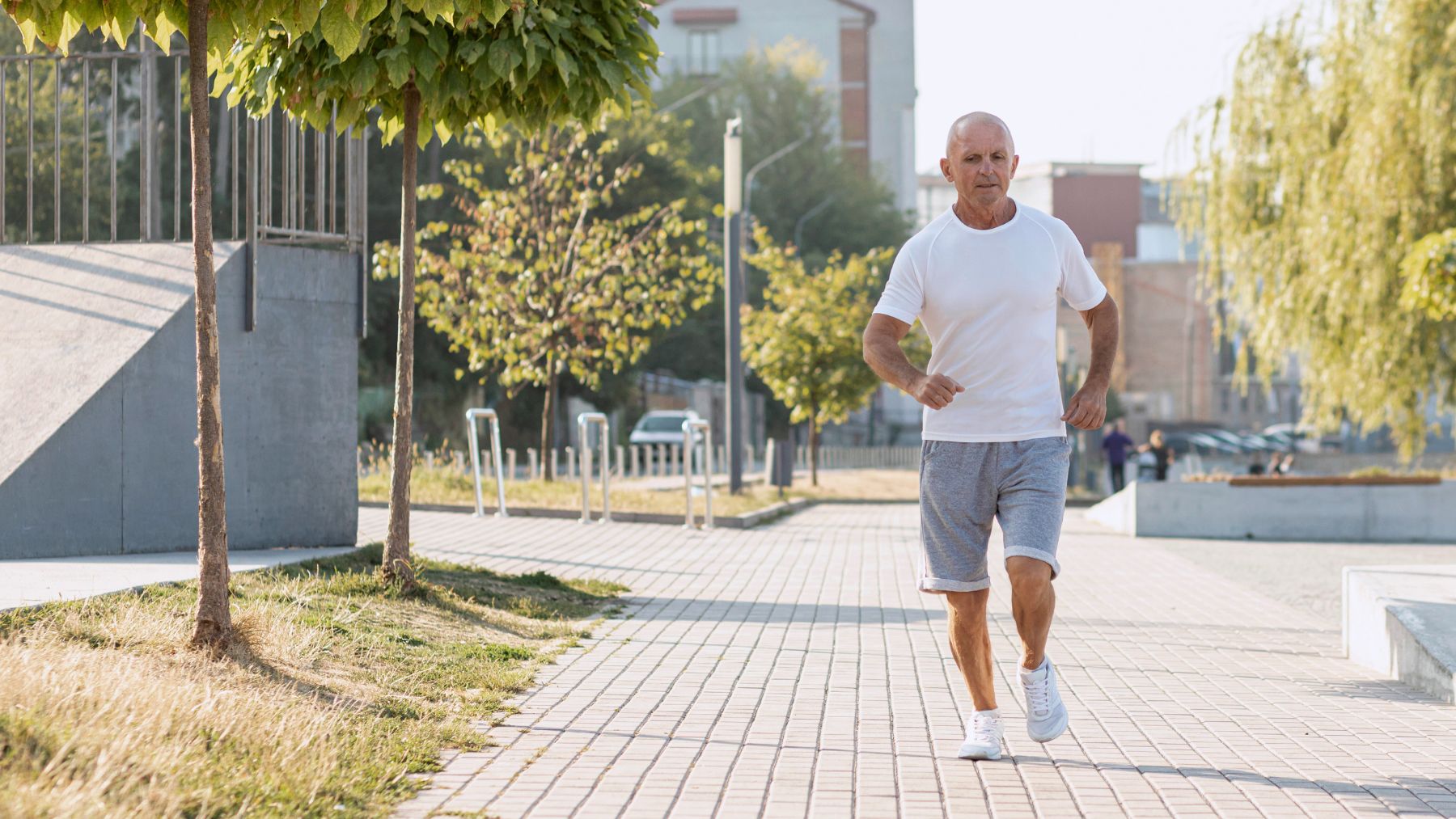Walking is one of the simplest and most effective forms of exercise. It strengthens the heart, supports healthy blood pressure, boosts mood, and helps maintain mobility. While millions of Americans go for daily strolls, most might not be getting their full health benefits.
Luis Perez, C.P.T., C.H.W.C., a health coach and walking specialist, says that intentional walking—where form, pace, and variety are all part of the plan—can dramatically boost endurance, strength, and energy levels. Here, we’ll go over six trainer-backed strategies that can turn a basic stroll into a true fitness routine.
How to make your walks work harder for you
The secret lies in being deliberate with your movements, pace, and environment. These six tips can help you get more from every step while keeping your joints safe and your routine enjoyable.
1. Start with the right shoes
Every good walk begins with supportive footwear. Wearing worn-out sneakers can lead to joint pain and balance issues, especially for older adults walking on concrete or uneven ground. The right shoes should provide good arch and heel support. If your soles are wearing unevenly or your shoes are older than six months, it’s probably time to replace them.
2. Warm up and cool down
Jumping straight into your walk can strain cold muscles. Steven Mack, C.S.C.S., of Simple Solutions Fitness, recommends a few minutes of warm-up moves like heel drops or gentle lunges to loosen the calves and hips. When you finish, slow your pace for the last five minutes, then stretch your legs, especially the glutes, quads, and hamstrings. This helps with recovery and keeps your muscles flexible.
3. Change your pace
Walking faster, even for short bursts, strengthens your heart and improves metabolism. Ultra-endurance athlete Dean Karnazes says a brisk pace—where you can talk but not sing—is ideal for cardiovascular gains. Alternate between a few minutes of faster walking and slower recovery periods. This keeps your heart rate up, helps burn more calories, and prevents boredom.
4. Pump your arms
Using your upper body makes walking a full-body workout. Swinging your arms from front to back helps propel you forward, tones your shoulders, and engages your core. It’s important to keep your posture upright—chest proud, shoulders relaxed—to avoid strain on your back and neck.
5. Take on hills
Inclines are a natural strength builder. Walking uphill works the glutes, quads, and calves more intensely and raises your heart rate faster than walking on flat ground. Kara Witzke, Ph.D., a kinesiology expert, recommends keeping your torso upright and avoiding leaning too far forward to prevent joint stress. If you’re walking on a treadmill, use a moderate incline of 3–5%.
6. Switch up your route
Walking the same loop every day may feel comfortable, but variety challenges different muscle groups and keeps your mind engaged. You can alternate between sidewalks, grass, or trails to improve balance and stability. Uneven terrain activates smaller stabilizing muscles in your legs and core.
With a few intentional tweaks, walking becomes one of the most effective and sustainable workouts for seniors. By focusing on pace, posture, variety, and preparation, you’ll get stronger, move more easily, and feel more energized every time you step outside.

